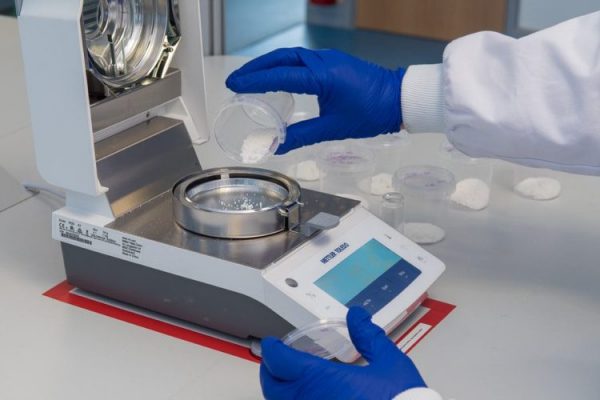ABOUT EMBRYO FREEZING
Embryo freezing, also referred to as embryo cryopreservation, is the freezing of embryos for use in future. It is often performed as part of an in vitro fertilization (IVF) cycle when there are more embryos produced than can be implanted into the uterus at one time.
Frozen embryos can be thawed at a later date and implanted into the uterus. These embryos are believed to have the same success rate as fresh embryos. By freezing the embryos, future cycles of IVF will take less time, as the eggs have already been retrieved and fertilized.
Recommended for
- Patients undergoing IVF treatment
TIME REQUIREMENTS
- Average length of stay abroad: 1 weeks.
Usually embryo freezing is performed following IVF treatment. It takes several weeks for the woman’s natural cycle to be suppressed, the egg stimulation, egg retrieval, egg fertilization, and embryo cultivation to take place.

COMPARE EMBRYO FREEZING PRICES AROUND THE WORLD
| Country | Cost |
|---|---|
| Mexico | 807€ |
| Spain | 350€ |
| Malaysia | 195€ |
| Poland | 130€ |
HOW TO FIND QUALITY TREATMENT ABROAD
BEFORE EMBRYO FREEZING ABROAD
The embryos used for freezing are usually left over from a cycle of IVF treatment. This means that the woman has undergone hormone treatment to successfully retrieve eggs and fertilize them outside of the body, and enough embryos were created so that one or more could be implanted into the uterus and others saved for future use.
HOW IS IT PERFORMED
Embryos are slowly frozen down to -196°C where they are stored in an antifreeze solution to prevent the corruption of genetic material.
The embryos are later thawed in preparation for implantation. The embryos are sometimes used after the mother has given birth, and wants more children, or in cases where the first treatment is unsuccessful.

IMPORTANT THINGS TO KNOW ABOUT EMBRYO FREEZING
Success rates
Evidence has shown that cryopreserved embryos have the same pregnancy rate, or better, than fresh embryos. It has also been shown that there is no increase in the chance of birth defects or development abnormalities in babies from cryopreserved embryos.














